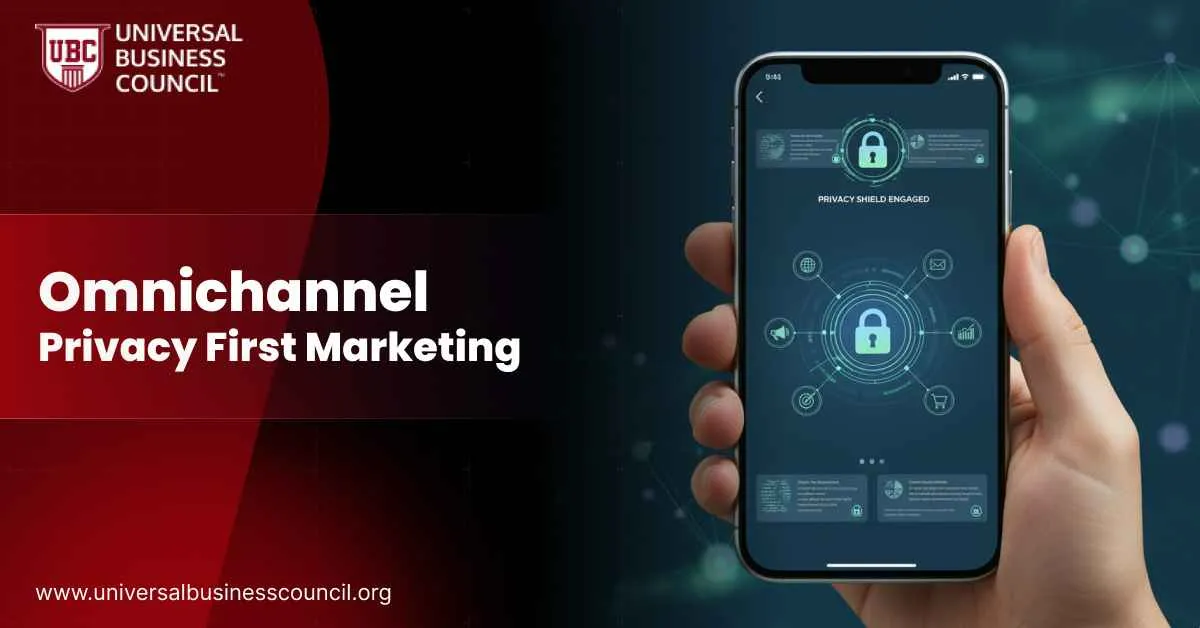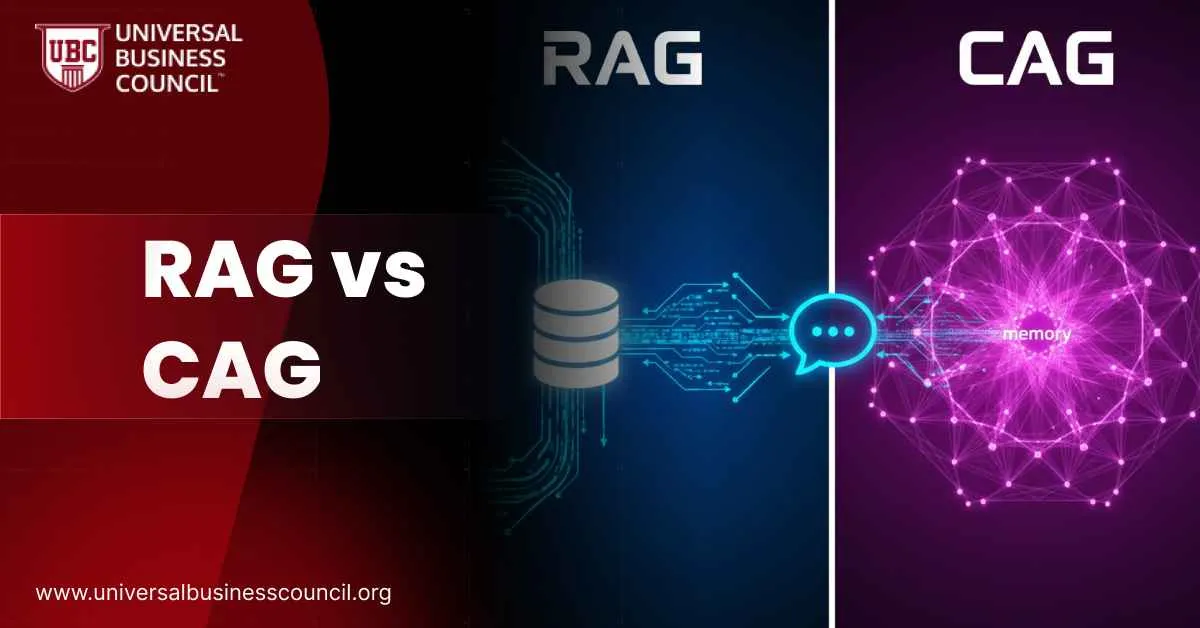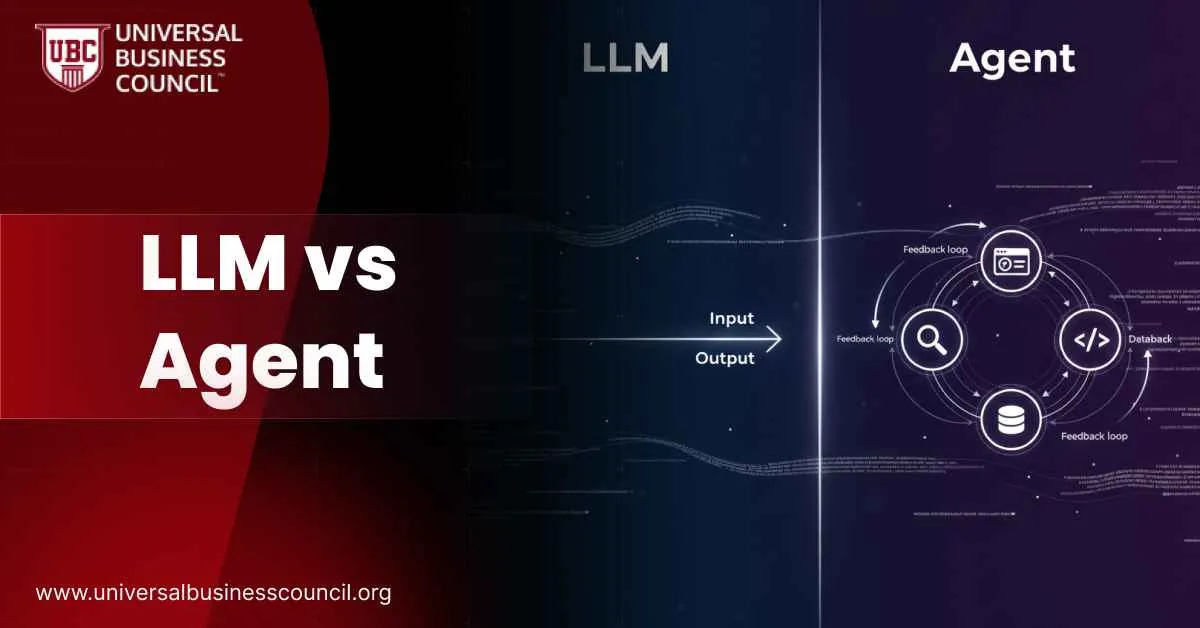 The way to run effective marketing today is through omnichannel, privacy-first marketing built on first-party data and AI. This method answers the challenge of stricter privacy laws, the end of third-party cookies, and rising customer expectations. It lets businesses connect with people across websites, apps, and stores while keeping trust at the center. Customers get smoother, more personal journeys, and brands stay compliant at the same time.
If you want to grow your career in this space, a Marketing and Business Certification can give you the knowledge to design strategies that build trust while driving results.
The way to run effective marketing today is through omnichannel, privacy-first marketing built on first-party data and AI. This method answers the challenge of stricter privacy laws, the end of third-party cookies, and rising customer expectations. It lets businesses connect with people across websites, apps, and stores while keeping trust at the center. Customers get smoother, more personal journeys, and brands stay compliant at the same time.
If you want to grow your career in this space, a Marketing and Business Certification can give you the knowledge to design strategies that build trust while driving results.
What Privacy-First Marketing Means
Privacy-first marketing focuses on collecting and using data responsibly. Customers give consent before sharing, and brands explain clearly how the information will be used. Instead of depending on outside sources, businesses turn to their own data, which is more accurate and reliable. When combined with AI, this approach makes personalization possible without breaking trust. Companies can use customer data for better targeting while respecting privacy at every step.First-Party and Zero-Party Data
First-party data comes directly from how customers interact with a brand. Examples include browsing patterns, app usage, and past purchases. Zero-party data is even more powerful because it is given voluntarily. This might include survey responses, feedback forms, or loyalty program details. Both forms of data are essential for creating campaigns that feel personal while staying compliant. For professionals who want to build stronger technical skills in handling such information securely, a deep tech certification provides practical guidance.Why the Shift Is Happening Now
Several forces are driving the change:- Third-party cookies are ending. Browsers are phasing them out.
- Privacy laws are strict. Rules like GDPR and CCPA demand consent and transparency.
- Consumers expect control. People want to know how their data is used.
- AI needs clean data. Models perform best with reliable, permission-based information.
How AI Improves Omnichannel Journeys
AI ties customer interactions together across every touchpoint. It can create a single view of each person and predict what they are likely to need next. Some examples include:- Journey orchestration: AI chooses the next step, like sending a reminder after a site visit.
- Dynamic content: Ads and recommendations adjust in real time.
- Predictive analytics: Brands know what customers might buy in the near future.
- Cross-channel alignment: Messages stay consistent in emails, apps, and stores.
Challenges in Building Privacy-First Journeys
Despite its benefits, privacy-first marketing is not without hurdles. Many businesses have data split across different systems, making it hard to get a clear picture. Consent management can be complicated when dealing with millions of users. Security must also be a priority, since breaches can damage trust instantly. Marketers must also avoid being intrusive. Personalization should feel helpful, not uncomfortable.Best Practices to Follow
Here are some steps that work well:- Be transparent about why you collect data.
- Use consent management tools that make opt-ins easy.
- Protect customer information with encryption and access controls.
- Use customer data platforms to unify profiles.
- Try privacy-preserving tools like clean rooms or federated learning.
- Train teams to use AI responsibly and understand privacy rules.
Metrics That Show Success
Privacy-first marketing success is not measured only in clicks. Brands should look at engagement across channels, retention rates, and customer lifetime value. Opt-in rates reveal how much people trust the brand with their data. Privacy-specific metrics like consent logs and complaint numbers also show whether a company is meeting expectations.Real-World Applications
In retail, brands use purchase history to recommend products online and then mirror those offers in mobile apps. In finance, banks guide customers toward new services with messages that match across digital and branch experiences. In education, online platforms suggest courses based on survey feedback and learning behavior, keeping journeys both personal and private.Strategies and Benefits in Privacy-First Omnichannel Marketing
| Strategy | Benefit |
| Collect first-party data | Builds accurate and reliable insights |
| Use zero-party data | Creates stronger trust with customers |
| Apply AI for personalization | Delivers seamless customer experiences |
| Build unified profiles | Ensures consistent engagement across channels |
| Secure storage with encryption | Keeps customer data safe and compliant |
| Use consent platforms | Makes managing preferences simple |
| Be transparent in policies | Increases customer confidence |
| Explore privacy-preserving tech | Allows analysis without risking trust |
| Measure both trust and performance | Balances growth with customer comfort |
| Train teams regularly | Keeps skills updated in AI and privacy rules |



